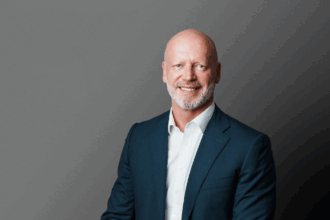In a report published by EFG Hermes, the investment bank stated that with the current feed-in tariff scheme there is opportunity for investment in the renewable energy sector in Egypt of at least $6bn through 2018.
Egypt is currently focusing on adding renewable energy to its gas-dominated energy mix. The New and Renewable Energy Authority (NREA) is aiming to generate 20% of its power from renewable sources by 2020.
Egypt will need to add approximately 8GW to meet the NREA’s stipulations. The additional energy is expected to be split between 5.5GW of wind power and 2.5GW of solar power, according to EFG Hermes.
The statement said that renewable energy is the best power source for Egypt’s future due to its low cost of production, reduced environmental impact, and ease of implementation.
Whether developed by governments, the private sector, or NGOs, renewable energy can transform key development pillars of power, health, infrastructure, education, and people, according to EFG Hermes.
“We are bullish in the short- to medium-term on Egypt’s renewable energy projects but it is a matter of properly executing the first feed-in-tariff wave. The government’s implementation of the regulatory framework is one of the biggest challenges,” Managing Director of Infrastructure Private Equity at EFG Hermes Bakr Abdel-Wahab said.
“There is a lot of focus on investors and developers but we have to remember that 60-75% of the funding will be via debt from international and multi-lateral institutions. All the necessary structural changes need to be in place to assist aggressive debt financing.”
Meanwhile, Egypt is offering several development models for renewable energy projects including bilateral agreements between the government and private developers and feed-in-tariffs where the government pays set tariffs for renewable energy. The models also include Build-Own-Operate (BOP) and Build-Operate-Transfer (BOT) tenders for more competitive bidding by developers.




